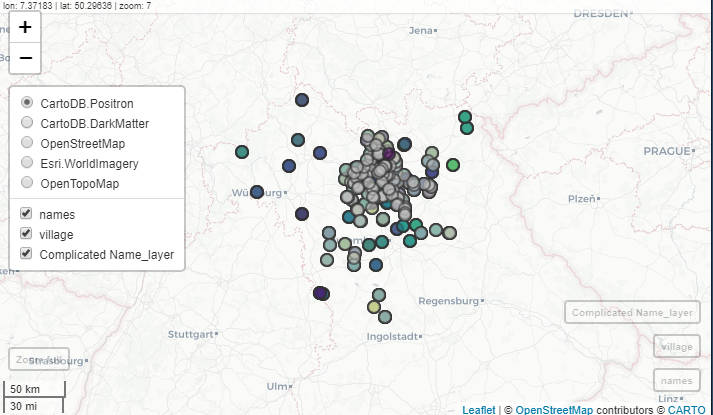The Leaflet JS mapping library has lots of plugins available. The Leaflet package for R provides direct support for some, but far from all, of these plugins, by providing R functions for invoking the plugins.
If you as an R user find yourself wanting to use a Leaflet plugin that isn't directly supported in the R package, you can use the technique shown here to load the plugin yourself and invoke it using JS code.


@satishregonda & @klupido, we have found out that using a externally hosted javascript file may not always work. It is best if you try your respective examples by downloading the plugin javascript (and CSS and image files if any) locally.
Then instead of
src = c(href = "https:/..."),, dosrc = normalizePath(<path to directory where the plugin files are downloaded>),